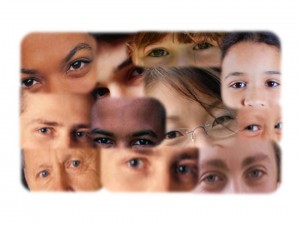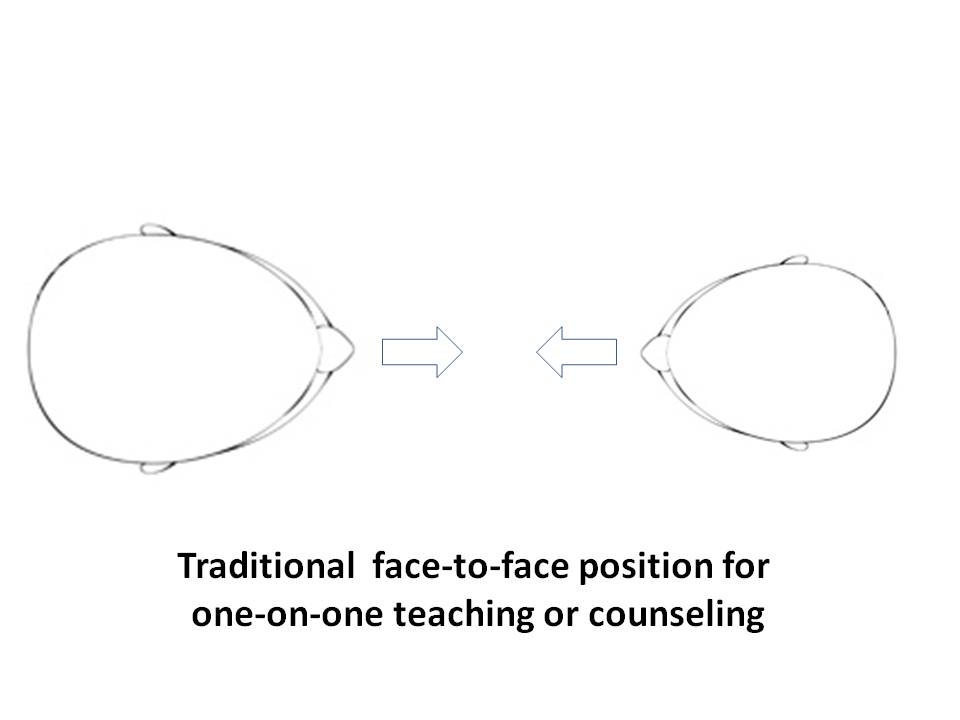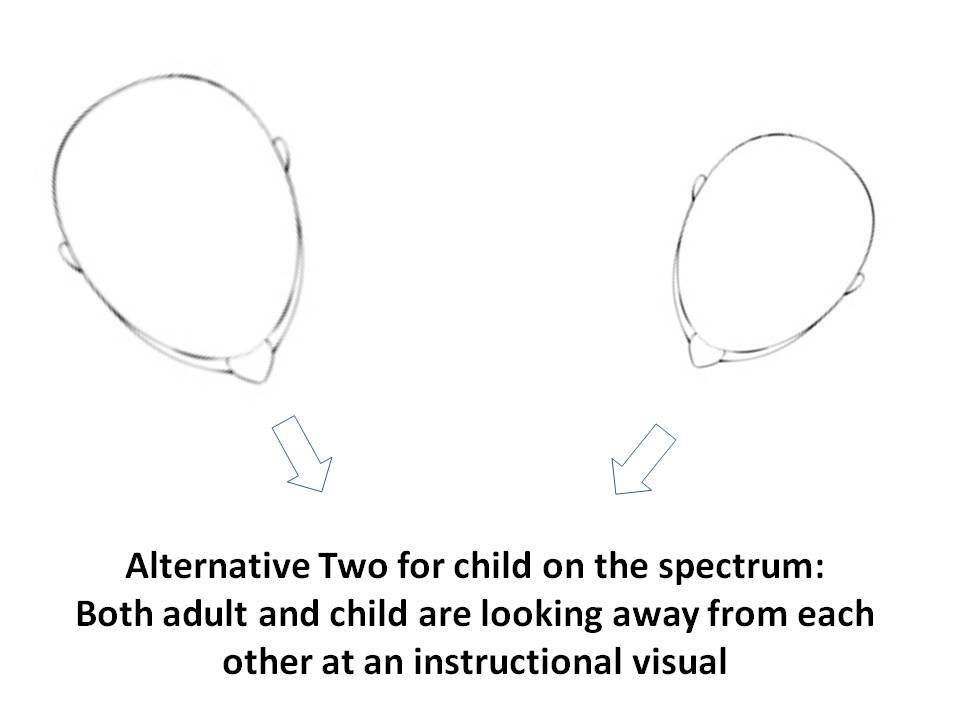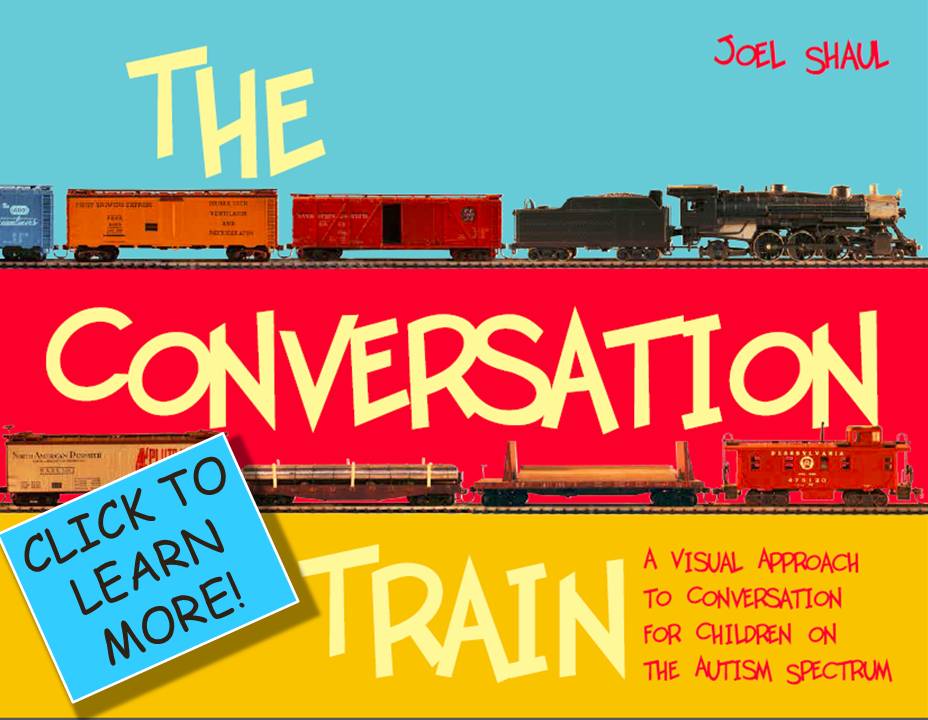
Teachers, mental health professionals and speech and language therapists all work hard to help children on the autism spectrum to improve their use of face and eye contact. However, when we rigidly insist on eye contact, we actually risk diminishing engagement in our social skill teaching activities.
All of us who are experienced in teaching young people with ASD becomes aware of this dilemma. Children with ASD ought to enhance their orientation towards others strategically in order to get more useful information during conversation. But for so many kids on the autism spectrum, practicing this social skill comes at the price of increased distress and anxiety – and decreased attention to your social skills learning activity!
Brian R. King, LCSW, a psychotherapist with autism, provides some useful insights and advice on this topic in his book, Strategies for Building Successful Relationships with People on the Autism Spectrum. As an individual with ASD, he finds prolonged eye contact uncomfortable and actually a hindrance to communication. He notes that blind people function quite adequately in conversation without the benefit of eye contact.
I have devised here a series of visuals to suggest alternatives to traditional face-to-face teaching when we are counseling and teaching children with autism spectrum disorders.
I hope you find these ideas helpful.
Joel Shaul, LCSW







